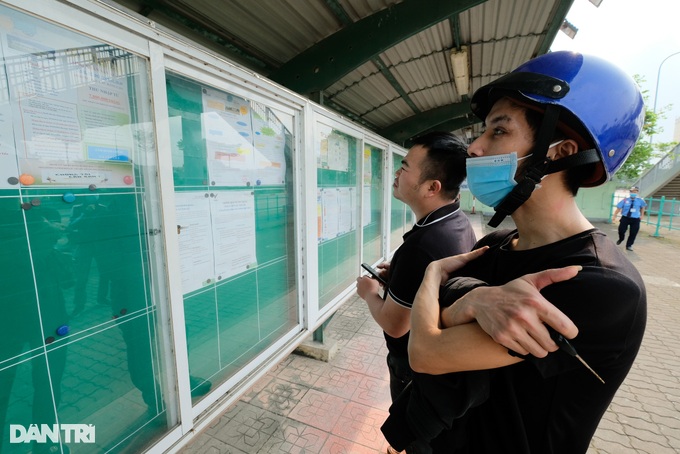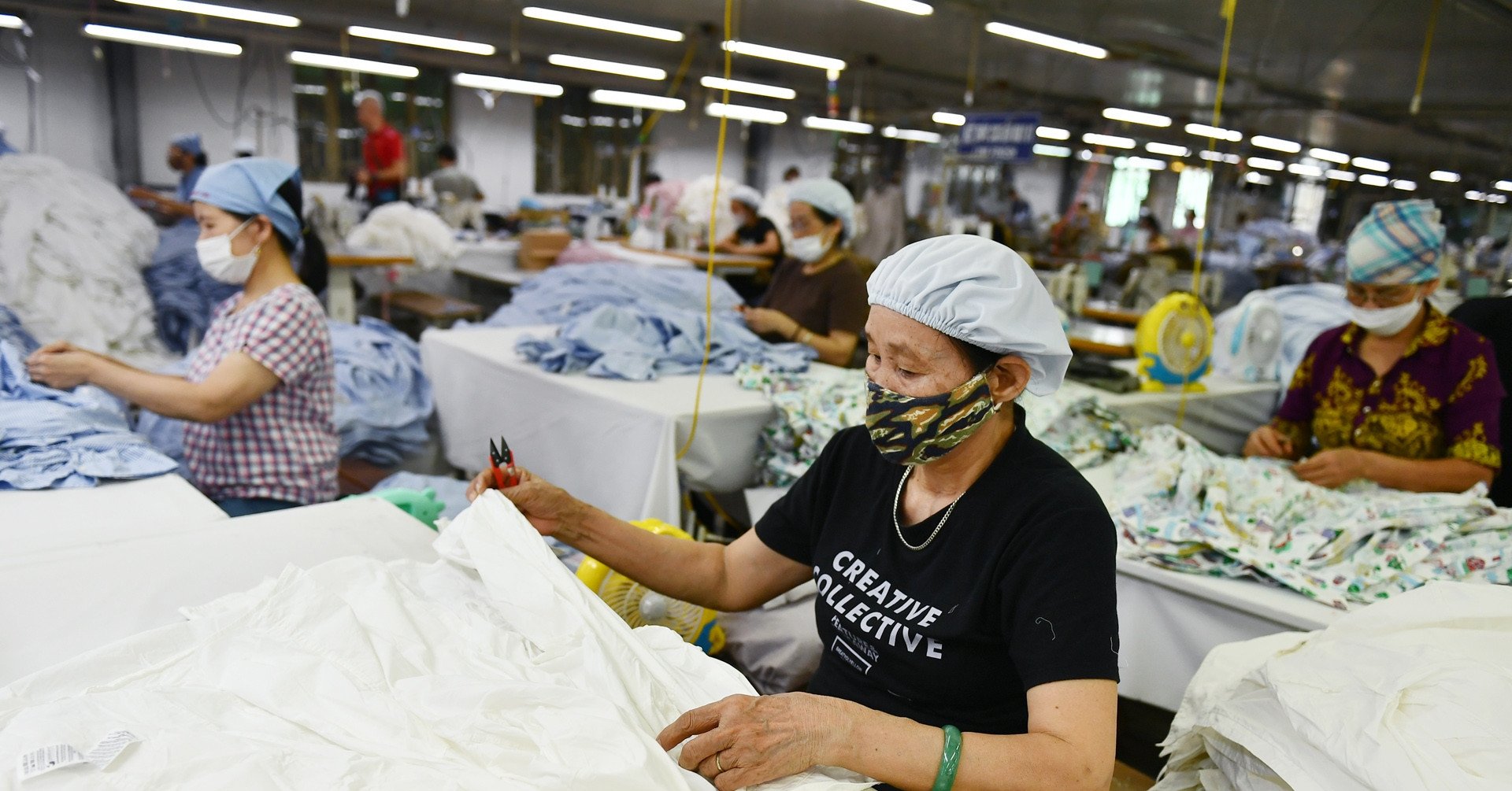Half a million workers receive unemployment benefits
According to the Labor Market Bulletin for the second quarter just released by the Ministry of Labor, War Invalids and Social Affairs, the whole country has 52.3 million people participating in the labor market, an increase of 100,000 people compared to the first quarter.
Of which, the number of employed people increased by 83,300 people compared to the first quarter. Notably, the whole country has 1.07 million unemployed people of working age, an increase of 25,400 people compared to the previous quarter.
There were 940,700 people of working age underemployed, an increase of 54,900 people compared to the previous quarter.
The Ministry of Labor, War Invalids and Social Affairs forecasts that in the third quarter, some industries with high demand for job reductions include garment manufacturing, expected to reduce 123,000 people; agriculture and service activities, reducing 78,000 people; and retail, reducing 32,000 people.

Workers looking for jobs (illustrative photo: Son Nguyen).
Unemployment and underemployment also increased the number of workers receiving unemployment benefits in the second quarter, which increased sharply compared to the previous quarter and the same period last year.
Specifically, in the second quarter, the whole country had 357,513 people applying for unemployment benefits, an increase of 152,385 people compared to the first quarter.
Of which, the number of people receiving unemployment benefits is 348,715, 5,891 people are supported in vocational training; 670,720 people are consulted and introduced to jobs.
Thus, in the first 6 months of 2023, the whole country had 562,641 workers applying for unemployment benefits; more than 518,500 people had decisions to receive benefits; 11,209 people received vocational training support and more than 1.1 million people received job counseling and referrals.
According to the labor market bulletin, the majority of workers receiving unemployment insurance in the second quarter did not have degrees or certificates, accounting for 68.9%; followed by those with university degrees or higher, accounting for 13.1%; primary school graduates accounted for 6.8%; college graduates accounted for 5.8% and intermediate school graduates accounted for 5.4%.
During this quarter, the manufacturing industry was the industry group with the largest number of workers filing for unemployment benefits, accounting for 45.9%. Next was the other service activities group, with 30.9%; agriculture, forestry and fishery accounted for 4.4%; construction accounted for 2.7%; and the wholesale and retail trade, repair of automobiles, motorcycles, motorbikes and other motor vehicles group accounted for 2.6%.
Meanwhile, the five occupational groups with the largest number of workers applying for unemployment benefits include: Tailors, embroiderers and related workers with 28.2%; assembly workers 7.8%; sales staff 2.7%; electronics technicians 2.5%; accountants 2.4%.
Solutions to stabilize the labor market
Faced with the above situation, the Ministry of Labor, War Invalids and Social Affairs requires implementing solutions to stabilize and develop the labor market to ensure it is modern, flexible, sustainable and effective.

Workers apply for unemployment benefits.
In addition, it is necessary to strengthen the connection and regulation of labor supply and demand to mobilize and effectively use human resources for socio-economic recovery and development; encourage job creation in both the public and private sectors, and encourage workers to seek jobs and change jobs that match their abilities and strengths.
Research, develop solutions and policies to support formalization of informal sector jobs; support informal sector workers to transition to formal sector jobs...
The Ministry of Labor, War Invalids and Social Affairs requires reviewing and understanding the recruitment needs and production and business cuts of enterprises, especially FDI enterprises and labor-intensive industries (garment, footwear, wood production, etc.) to have a plan to connect labor supply and demand, connecting workers with employers in need.
Source link


![[Photo] Ho Chi Minh City speeds up sidewalk repair work before April 30 holiday](https://vstatic.vietnam.vn/vietnam/resource/IMAGE/2025/4/3/17f78833a36f4ba5a9bae215703da710)
![[Photo] Prime Minister Pham Minh Chinh chairs meeting after US announces reciprocal tariffs](https://vstatic.vietnam.vn/vietnam/resource/IMAGE/2025/4/3/ee90a2786c0a45d7868de039cef4a712)
![[Photo] Prime Minister Pham Minh Chinh chairs the first meeting of the Steering Committee on Regional and International Financial Centers](https://vstatic.vietnam.vn/vietnam/resource/IMAGE/2025/4/3/47dc687989d4479d95a1dce4466edd32)
![[Photo] General Secretary To Lam receives Japanese Ambassador to Vietnam Ito Naoki](https://vstatic.vietnam.vn/vietnam/resource/IMAGE/2025/4/3/3a5d233bc09d4928ac9bfed97674be98)
![[Photo] A brief moment of rest for the rescue force of the Vietnam People's Army](https://vstatic.vietnam.vn/vietnam/resource/IMAGE/2025/4/3/a2c91fa05dc04293a4b64cfd27ed4dbe)






















































































Comment (0)